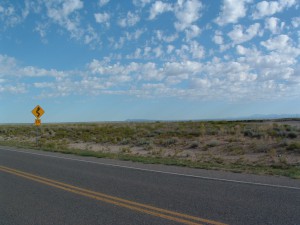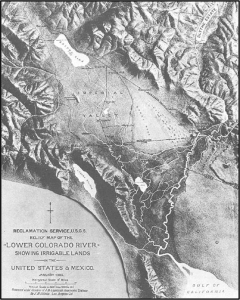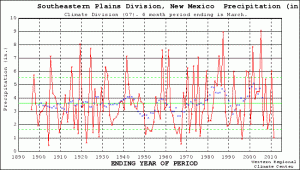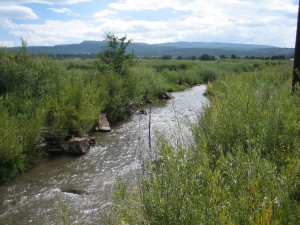When I’m telling stories, I look for the telling example that can represent something deeper – some small but memorable tip to stand in for the rest of the iceberg.
There are ways in which Tim Hetherington and Chris Hondros, the two photojournalists killed this week in Libya, are terrible examples, bad choices as the tip for the journalism iceberg. The staggering pictures of a firefight Hondros took inside a Misurata apartment building the day he died are vastly different from the week I spent scouring tables of groundwater test data. Mostly

Courtesy Ishinomaki Hibi Shimbun and Newseum
what we do is far more pedestrian than the work of Hetherington and Hondros. There is no question that I lack the courage to chase an armed rebel up a stairway in the midst of a firefight to get the picture. But at its root, we’re doing the same thing – trying to make sense of chaotic but important parts of the world, and to come up with the best way to explain it.
Perhaps a quieter example from the recent world of journalism might illustrate why I feel so passionately proud of the work of my tribe.
It’s the work of journalists at Ishinomaki Hibi Shimbun, a daily newspaper in Ishinomaki in northern Japan. From the Newseum:
For six consecutive days after the twin disasters (the earthquake and tsunami), reporters used flashlights and marker pens to write their stories on poster-size paper and posted the “newspapers” at the entrances of relief centers around the city. Six staff members collected stories, while three spent an hour and a half each day writing the newspapers by hand.
There were no press releases where Hetherington and Hondros and the staff of Ishinomaki Hibi Shimbun were working, just stories that needed to be told. It’s a high bar, a standard we don’t always live up to, but it represents the best of us, and it’s a calling of which I am deeply proud.
At the risk of sounding maudlin, these are my people.





